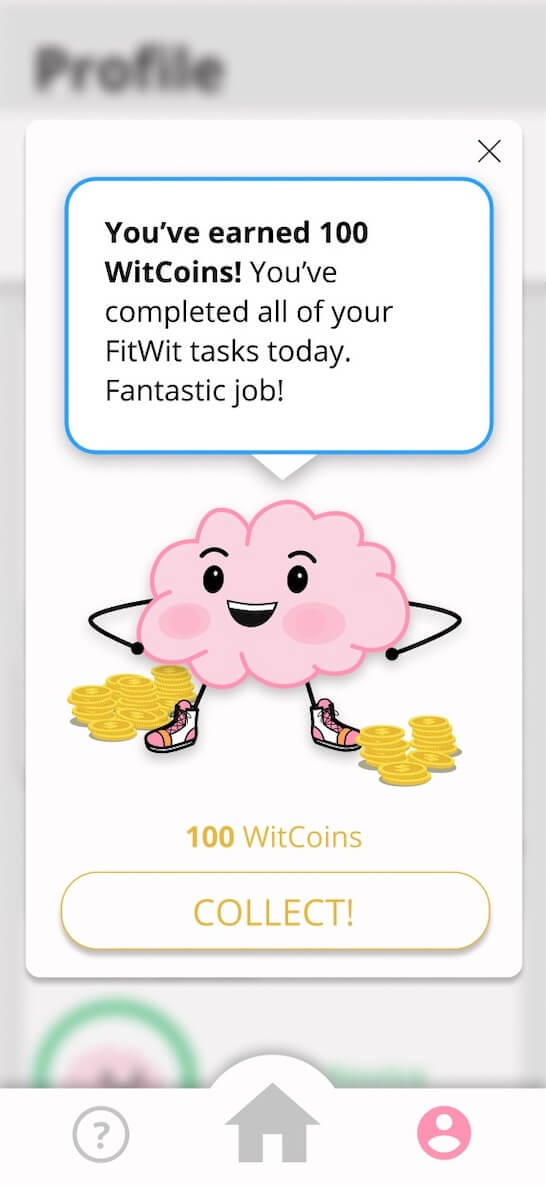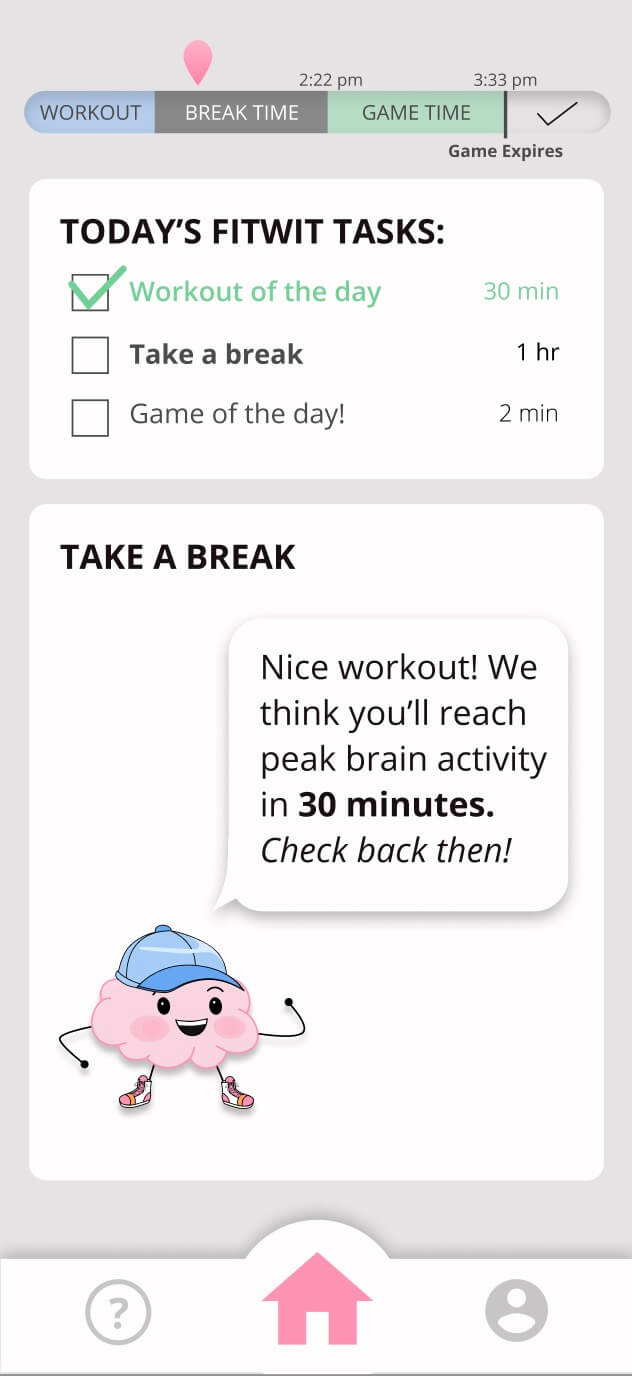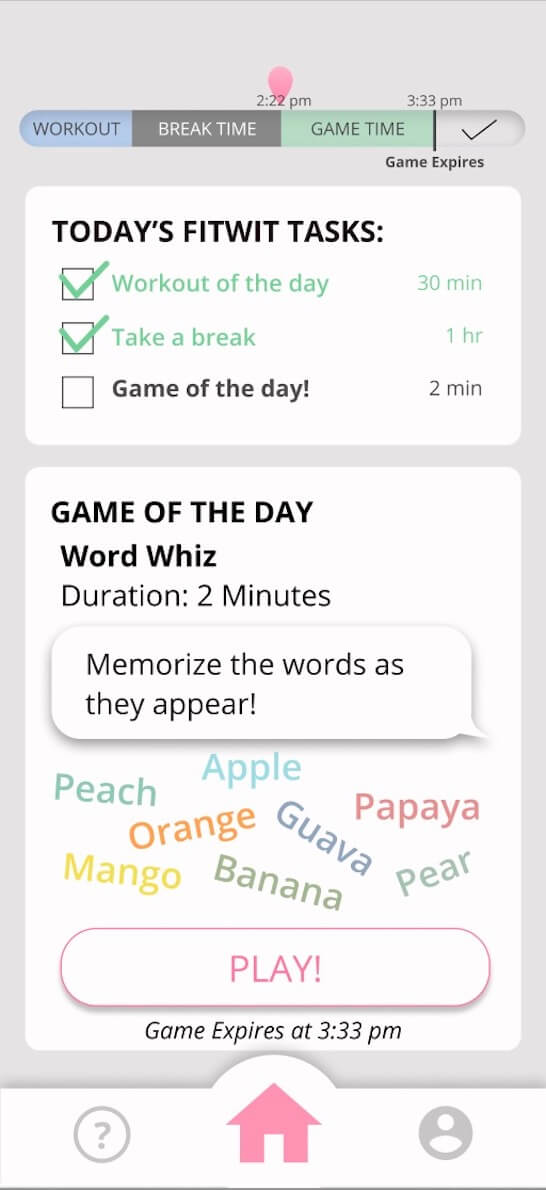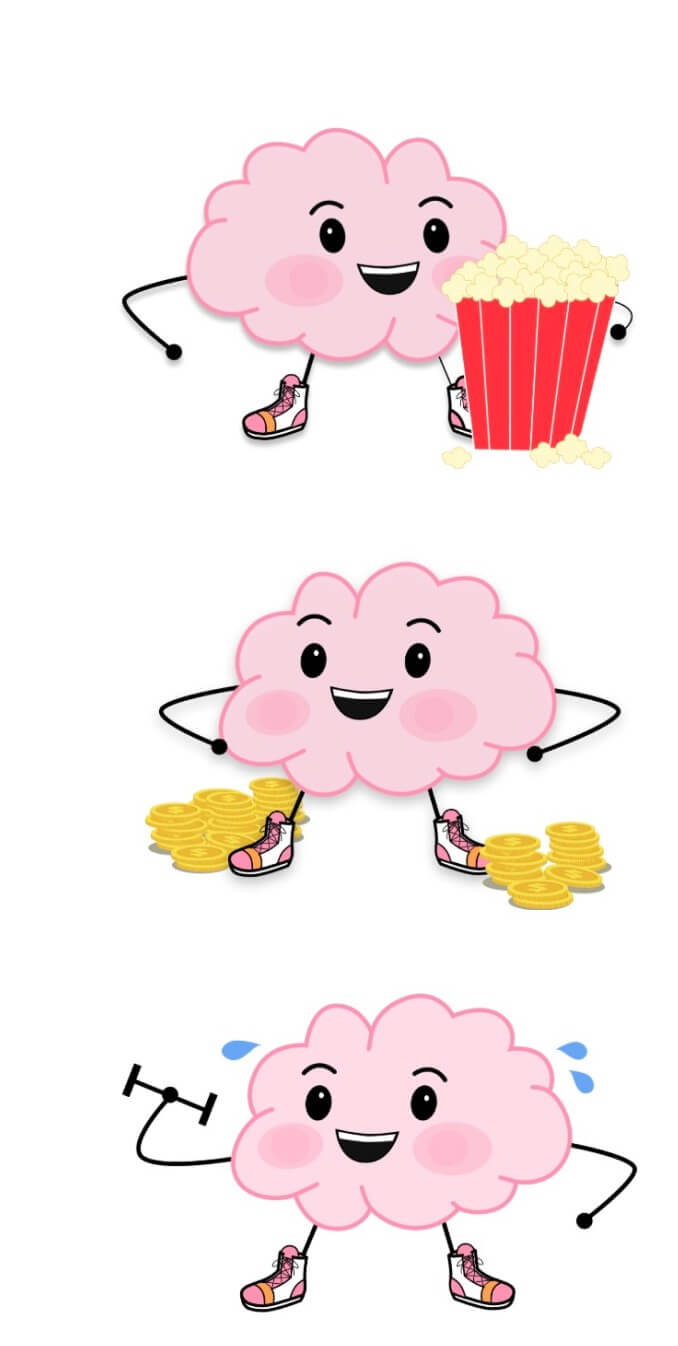A substantial amount of research has demonstrated that physical activity can have profound effects on cognitive function and mental health. But what are these effects and how significant are they? The DALI lab is partnering with the Dartmouth’s Psychology and Brain Sciences Department to delve into this research and use remote sensing technology to provide more insight into this correlation and potential causation.
Our team is helping to build a mobile app to conduct this experiment. By using data from Apple watches, particularly Apple Health Kit, we have built an app that will notify our target users—in this case undergraduate psychology students—to complete memory challenges testing their cognition after exercising.
This app was designed for faculty of the Dartmouth Psychology & Brain Sciences Department as a means of data-collection from college students as part of an ongoing research project.
UI/UX Designer at the DALI Lab for a six person team consisting of four Software Engineers, one Designer, and one Project Manager.
Defining the problem ➜ Defining users ➜ Solidifying experimental contraints ➜ Product research ➜ User research ➜ Sketches ➜ Grayscales ➜ Initial usability research ➜ Initial hi-fi designs ➜ Further usability research ➜ Final hi-fi designs ➜ Final round of usability research ➜ Prototyping ➜ Stakeholder approval

At the beginning of this project, there was a clear disconnect between the needs of the researchers and the needs of their users. Our partners, wanting to find a correlation between fitness and memory, needed an app that would record the results of memory tests over an extended period, varying whether or not a user exercised prior to the test. From a research standpoint, this makes sense, for a user, this is strenuous, tedious, and offers them no real benefit. Getting a user to exercise and take a test, for no purpose other than data collection, is an outright impossibility.
To combat this issue, I devised a two-part incentivization system to motivate users to use the app correctly and consistently. In the short-term, I used in-game currency (relating to actual payment for participating in the study), to motivate users to use the app daily: completing all daily tasks results in a certain amount earned. While this collected data accurately, it would not assure consistent app retention. The long-term solution focused around a level-up game-mechanic: a certain amount of days of accurate recording allows the user to reach a new level and receive a bonus amount of money. To fully safeguard this system, a near perfect record would allow the user a chance to win an expensive gift card at the end of the study. I created a system where users were incentivized to use the app correctly (completing all tasks is the only way to earn money) and persistently (each day of data collection got them closer to earning bonus cash and possibly a huge end-of-study prize)
Initially, the user flow was simple: each day a user was prompted to unlock a memory test by completing a fitness challenge. Once the fitness challenge was complete, the user could take the memory test, resulting earning in-game currency. This worked up until researchers added a new constraint: there needed to be a substantial delay between the end of the fitness challenge and the beginning of the memory test. Participants were instantly confused as to why, after exercising, they had to “wait” to complete the next part of the study.
To keep the user engaged throughout the app, we decided to indicate the user’s progress as they attempted to complete both the fitness and memory challenges. We split the bar into the three main phases of the app: fitness challenge, waiting period, and memory test. This visual representation of a user’s temporal path through the app, helped users understand where they were in the flow and what to do next.


The first step was gamification: by making each test—as well as the app as a whole—a series of challenges, user’s were excited to improve their progress within the app. Each memory test was transformed into an entertaining mobile experience with an inviting UI, result-oriented statistics, and a fun avatar.

With the hopes of “delighting” our users, we created“Brian the Brain”—an avatar that helps guide the user throughout the study. We wanted Brian to be a cute, inviting avatar that would give life to what could be considered mundane. After conducting research on what incentivizes users, we learned that a common behavioral change tactic is through emotional connection. By connecting Brian to the user’s own experience in the app, we noticed that retention increased: users enjoyed seeing Brian’s new accessories and navigated through the app to learn more about him.
I would like to thank our partners—Jeremy Manning, Emily Glasser, and Paxton Fitzpatrick—for bringing us such an interesting project and for being patient, thoughtful, and engaged along the process of innovation. I would also like to thank my wonderful team for their hard work, passion, and dedication to success. Finally, a huge thank you to Lorie Loeb and Natalie Jung for their feedback and belief in our ability to achieve success.